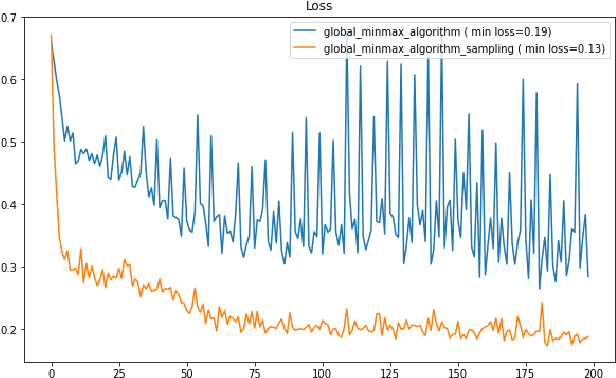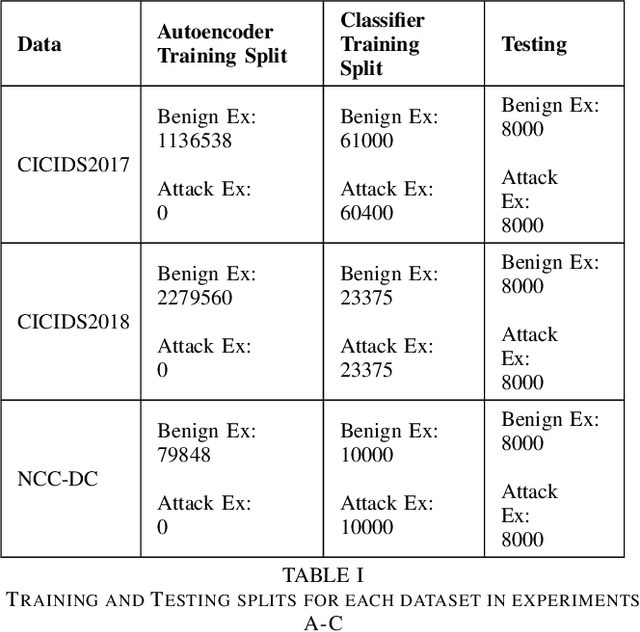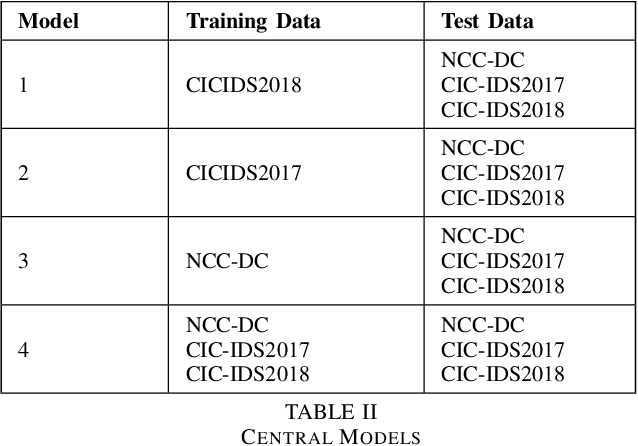Balaji Veeramani
Citations and Trust in LLM Generated Responses
Jan 02, 2025Abstract:Question answering systems are rapidly advancing, but their opaque nature may impact user trust. We explored trust through an anti-monitoring framework, where trust is predicted to be correlated with presence of citations and inversely related to checking citations. We tested this hypothesis with a live question-answering experiment that presented text responses generated using a commercial Chatbot along with varying citations (zero, one, or five), both relevant and random, and recorded if participants checked the citations and their self-reported trust in the generated responses. We found a significant increase in trust when citations were present, a result that held true even when the citations were random; we also found a significant decrease in trust when participants checked the citations. These results highlight the importance of citations in enhancing trust in AI-generated content.
EntGPT: Linking Generative Large Language Models with Knowledge Bases
Feb 09, 2024



Abstract:The ability of Large Language Models (LLMs) to generate factually correct output remains relatively unexplored due to the lack of fact-checking and knowledge grounding during training and inference. In this work, we aim to address this challenge through the Entity Disambiguation (ED) task. We first consider prompt engineering, and design a three-step hard-prompting method to probe LLMs' ED performance without supervised fine-tuning (SFT). Overall, the prompting method improves the micro-F_1 score of the original vanilla models by a large margin, on some cases up to 36% and higher, and obtains comparable performance across 10 datasets when compared to existing methods with SFT. We further improve the knowledge grounding ability through instruction tuning (IT) with similar prompts and responses. The instruction-tuned model not only achieves higher micro-F1 score performance as compared to several baseline methods on supervised entity disambiguation tasks with an average micro-F_1 improvement of 2.1% over the existing baseline models, but also obtains higher accuracy on six Question Answering (QA) tasks in the zero-shot setting. Our methodologies apply to both open- and closed-source LLMs.
A Simple yet Efficient Ensemble Approach for AI-generated Text Detection
Nov 08, 2023Abstract:Recent Large Language Models (LLMs) have demonstrated remarkable capabilities in generating text that closely resembles human writing across wide range of styles and genres. However, such capabilities are prone to potential abuse, such as fake news generation, spam email creation, and misuse in academic assignments. Hence, it is essential to build automated approaches capable of distinguishing between artificially generated text and human-authored text. In this paper, we propose a simple yet efficient solution to this problem by ensembling predictions from multiple constituent LLMs. Compared to previous state-of-the-art approaches, which are perplexity-based or uses ensembles with a number of LLMs, our condensed ensembling approach uses only two constituent LLMs to achieve comparable performance. Experiments conducted on four benchmark datasets for generative text classification show performance improvements in the range of 0.5 to 100\% compared to previous state-of-the-art approaches. We also study the influence that the training data from individual LLMs have on model performance. We found that substituting commercially-restrictive Generative Pre-trained Transformer (GPT) data with data generated from other open language models such as Falcon, Large Language Model Meta AI (LLaMA2), and Mosaic Pretrained Transformers (MPT) is a feasible alternative when developing generative text detectors. Furthermore, to demonstrate zero-shot generalization, we experimented with an English essays dataset, and results suggest that our ensembling approach can handle new data effectively.
A Closer Look at Bearing Fault Classification Approaches
Sep 29, 2023



Abstract:Rolling bearing fault diagnosis has garnered increased attention in recent years owing to its presence in rotating machinery across various industries, and an ever increasing demand for efficient operations. Prompt detection and accurate prediction of bearing failures can help reduce the likelihood of unexpected machine downtime and enhance maintenance schedules, averting lost productivity. Recent technological advances have enabled monitoring the health of these assets at scale using a variety of sensors, and predicting the failures using modern Machine Learning (ML) approaches including deep learning architectures. Vibration data has been collected using accelerated run-to-failure of overloaded bearings, or by introducing known failure in bearings, under a variety of operating conditions such as rotating speed, load on the bearing, type of bearing fault, and data acquisition frequency. However, in the development of bearing failure classification models using vibration data there is a lack of consensus in the metrics used to evaluate the models, data partitions used to evaluate models, and methods used to generate failure labels in run-to-failure experiments. An understanding of the impact of these choices is important to reliably develop models, and deploy them in practical settings. In this work, we demonstrate the significance of these choices on the performance of the models using publicly-available vibration datasets, and suggest model development considerations for real world scenarios. Our experimental findings demonstrate that assigning vibration data from a given bearing across training and evaluation splits leads to over-optimistic performance estimates, PCA-based approach is able to robustly generate labels for failure classification in run-to-failure experiments, and $F$ scores are more insightful to evaluate the models with unbalanced real-world failure data.
Generative AI Text Classification using Ensemble LLM Approaches
Sep 14, 2023Abstract:Large Language Models (LLMs) have shown impressive performance across a variety of Artificial Intelligence (AI) and natural language processing tasks, such as content creation, report generation, etc. However, unregulated malign application of these models can create undesirable consequences such as generation of fake news, plagiarism, etc. As a result, accurate detection of AI-generated language can be crucial in responsible usage of LLMs. In this work, we explore 1) whether a certain body of text is AI generated or written by human, and 2) attribution of a specific language model in generating a body of text. Texts in both English and Spanish are considered. The datasets used in this study are provided as part of the Automated Text Identification (AuTexTification) shared task. For each of the research objectives stated above, we propose an ensemble neural model that generates probabilities from different pre-trained LLMs which are used as features to a Traditional Machine Learning (TML) classifier following it. For the first task of distinguishing between AI and human generated text, our model ranked in fifth and thirteenth place (with macro $F1$ scores of 0.733 and 0.649) for English and Spanish texts, respectively. For the second task on model attribution, our model ranked in first place with macro $F1$ scores of 0.625 and 0.653 for English and Spanish texts, respectively.
Anomaly Detection via Federated Learning
Oct 12, 2022



Abstract:Machine learning has helped advance the field of anomaly detection by incorporating classifiers and autoencoders to decipher between normal and anomalous behavior. Additionally, federated learning has provided a way for a global model to be trained with multiple clients' data without requiring the client to directly share their data. This paper proposes a novel anomaly detector via federated learning to detect malicious network activity on a client's server. In our experiments, we use an autoencoder with a classifier in a federated learning framework to determine if the network activity is benign or malicious. By using our novel min-max scalar and sampling technique, called FedSam, we determined federated learning allows the global model to learn from each client's data and, in turn, provide a means for each client to improve their intrusion detection system's defense against cyber-attacks.
 Add to Chrome
Add to Chrome Add to Firefox
Add to Firefox Add to Edge
Add to Edge